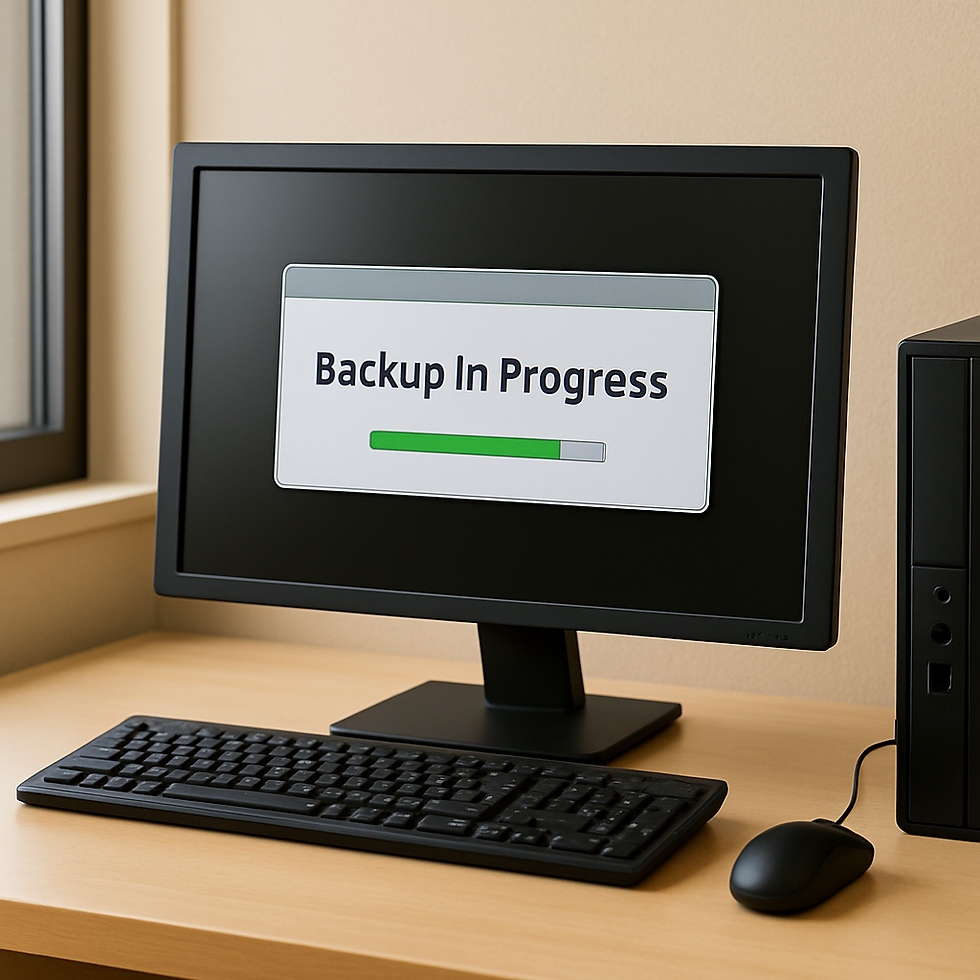The Real Risks of Ignoring Software Expiration Notices
- Steven Burstyn

- May 13
- 3 min read

That pop-up saying your software is about to lose support is more than a reminder—it’s a red flag. When a product reaches its "end of support," the developer stops providing updates, security patches, and technical assistance. What might seem like a small delay can quickly become a serious vulnerability—especially for small businesses and home users relying on dependable, secure systems.
What Does "End of Support" Actually Mean?
When software reaches end-of-support status, it means the manufacturer will no longer provide:
Security updates to fix newly discovered vulnerabilities
Bug fixes to resolve functionality or performance issues
Technical support for troubleshooting
Compatibility updates to support newer hardware or applications
Even if your system seems to be running fine, it’s quietly becoming a liability.
Real Example: Windows 10
Microsoft has announced that Windows 10 support will end on October 14, 2025. While that may feel far off, it takes time to prepare for large-scale upgrades. Waiting too long could lead to rushed decisions, higher costs, and avoidable downtime. Once the support window closes, there will be no more updates—even for critical security flaws.
Why Unsupported Software Puts You at Risk
Hackers often target outdated systems because they know those systems won’t be patched. Without new updates, known vulnerabilities stay open—essentially leaving the door unlocked.
Potential risks include:
Malware and ransomware attacks
Data breaches and unauthorized access
Network-wide exposure from one compromised device
Software conflicts with newer security tools
Even the best antivirus software can’t protect what the operating system no longer supports.
The Hidden Costs of Outdated Software
Security isn’t the only issue. Older software can drag down your system’s overall performance:
Frequent crashes or unexplained slowdowns
Incompatibility with newer applications and tools
Decreased support from vendors and third-party platforms
Over time, these small frustrations add up, costing valuable time and productivity.
What Businesses Risk by Not Upgrading
For businesses, the stakes are even higher. Continuing to use unsupported software could violate industry regulations and data protection laws like HIPAA, PCI-DSS, and others.
Consequences may include:
Regulatory fines and legal exposure
Greater liability in the event of a breach
Loss of trust from clients and partners
Keep an Eye on System Health with Monitoring
Upgrading software is one part of the puzzle. System monitoring helps fill in the gaps by continuously checking for risks before they become problems. Monitoring can alert you to:
Expiring software versions
Performance issues or bottlenecks
Suspicious behavior that may indicate a security threat
It’s a simple, proactive way to protect your devices and avoid surprises. Learn more about this service on our System Monitoring page.
What to Do Before Software Support Runs Out
Planning ahead can save you time, money, and stress. Here’s how to get started:
1. Identify At-Risk Systems
Run an audit of all devices and installed software.
Flag anything nearing end of support.
2. Build an Upgrade Plan
Decide if your current hardware can handle newer software.
Consider cloud-based or subscription tools where appropriate.
Schedule upgrades to avoid disruptions.
3. Work with a Trusted IT Partner
Get expert advice on timing, migration, and security.
Ensure backups are in place before changes are made.
Keep your systems—and your team—running smoothly throughout the process.
Don’t Let Time Run Out
Staying current isn’t just about having the latest tools. It’s about protecting your data, minimizing downtime, and avoiding unnecessary risks. Ignoring software expiration can leave your systems exposed and your business vulnerable.
Unfrustrating Computers can help you stay ahead of deadlines and upgrade with confidence. Call 516-679-5540 or visit Unfrustrating Computers to schedule a system review and plan your next steps.






Comments